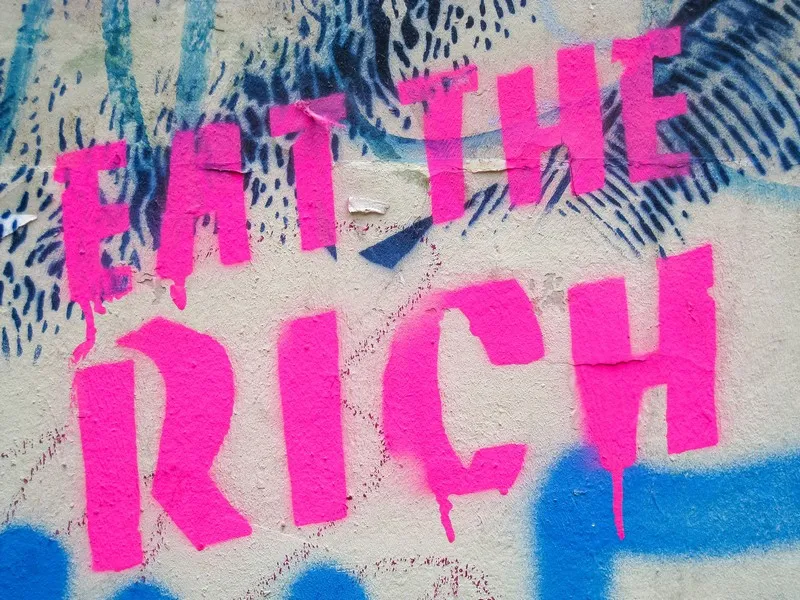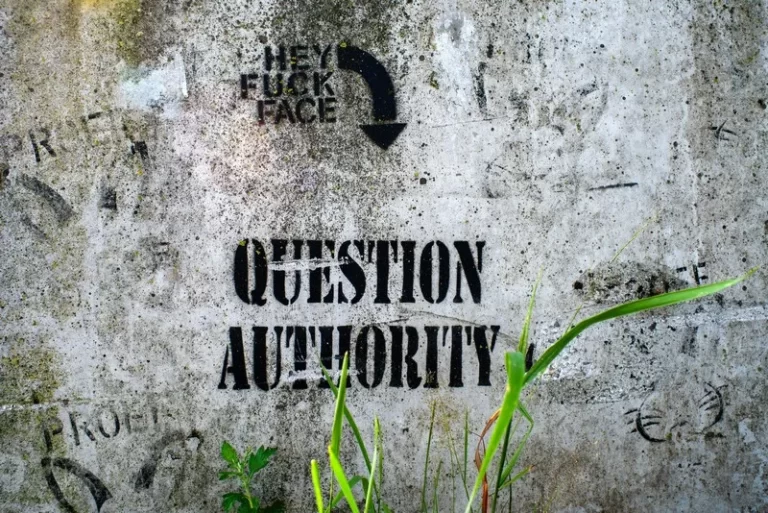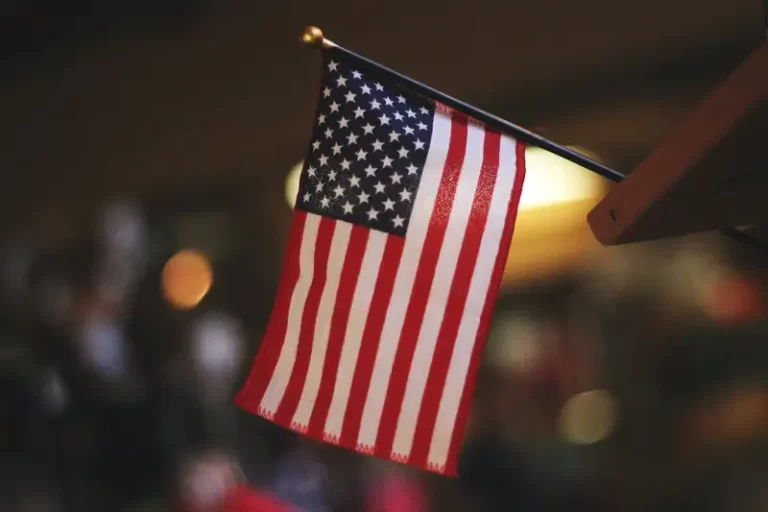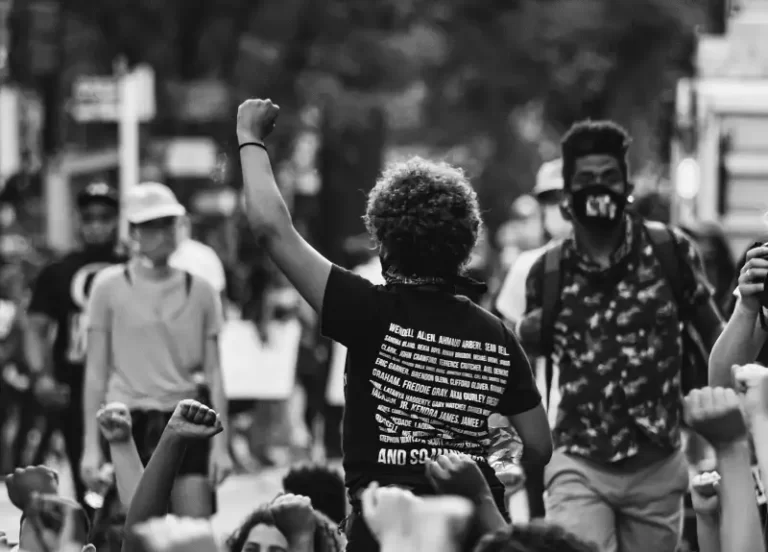Table of Contents
- Introduction
- Historical Origins of the Power Elite
- Defining the Power Elite
- Mechanisms of Elite Domination
- The Role of Social Stratification
- Critiques of the Power Elite Model
- The Power Elite in Practice
- Consequences for Democracy
- Responses and Reforms
- The Evolving Nature of the Power Elite
- Conclusion
Introduction
The idea that a small group of individuals or institutions exerts a disproportionately large influence over society has long been a focal point in sociological discourse. Known as the “power elite,” this concept challenges the assumption that modern societies are purely democratic or meritocratic. Instead, it posits that leadership in major sectors—economic, political, and military—often coalesces into a tightly knit circle of authority figures, shaping national and global policies in ways that best serve their shared interests.
In this article, we will explore the origins, definitions, and critiques of the power elite, as well as its implications for democracy, social stratification, and the evolving nature of power in a rapidly changing world. Written with an undergraduate audience in mind, this discussion aims to highlight the historical development of power elite theory, its principal mechanisms, and its ongoing relevance in understanding the distribution of power in both national and international arenas.
Historical Origins of the Power Elite
Classical Roots
Although the explicit phrase “power elite” gained prominence primarily in the mid-20th century, its theoretical underpinnings go back to earlier sociological and political thinkers. Karl Marx highlighted the way economic structures determine power relationships, suggesting that those controlling the means of production have commanding authority over societal norms and the political superstructure. Max Weber added complexity to the discussion by emphasizing that power could be rooted in bureaucracy and legitimate forms of authority, not just in economic capital. These ideas laid a foundation for understanding how certain groups could dominate others, even in societies that claim to value equality.
Classical theorists such as Vilfredo Pareto and Gaetano Mosca in Europe elaborated on the notion of elites as relatively small groups who exercise vast control in any society. Their work sparked questions about whether elite dominance was inevitable, cyclical, or potentially mitigated by democratic institutions. Pareto introduced the concept of “circulation of elites,” which holds that elites can be replaced over time, yet a new elite class always emerges to wield power.
The 20th-Century Formulation
Moving into the 20th century, Robert Michels contributed the “Iron Law of Oligarchy,” stating that all organizations—even those ostensibly committed to democratic principles—tend to become oligarchic. Michels suggested that as organizations grow, a professional leadership class emerges, eventually making decisions with minimal input from the broader membership. This theoretical insight informed the later work of American sociologist C. Wright Mills, who popularized the phrase “power elite” to describe the interplay of business, government, and military leaders in the United States.
Mills argued that these three major institutions—corporations, the federal government, and the military—formed a nexus of power that set policy directions for the nation. According to Mills, these elites often originated from similar social backgrounds, went to the same educational institutions, and intermingled in exclusive social circles, thus reinforcing their shared worldview and common interests. This mutual reinforcement led to a relatively cohesive group capable of directing national affairs with limited public scrutiny.
Defining the Power Elite
Key Attributes
While definitions vary, the power elite is typically characterized by several distinct attributes:
- Institutional Control: Individuals in the power elite occupy leadership positions in pivotal institutions, such as multinational corporations, top government roles, and influential military command posts. Their decisions significantly affect national policies and resource allocation.
- Interlocking Networks: The elite often move across institutional boundaries—e.g., a corporate CEO may later hold a cabinet position. This cross-institutional movement solidifies alliances and shared agendas, creating a closed circuit of leadership.
- Social Homogeneity: Members of the power elite frequently possess similar educational backgrounds, attend the same elite schools, and belong to the same clubs and networks. Their shared social and cultural capital fosters uniform perspectives on governance and policy.
- Capacity for Strategic Coordination: Informal ties enable elite members to coordinate policy initiatives, public messaging, and long-term agendas, often with limited input from the broader public.
Elite Cohesion and Exclusivity
Beyond possessing common backgrounds, elite members often reinforce their unity through exclusive events, philanthropic endeavors, and other social engagements that remain inaccessible to most. These exclusive spheres provide a space for networking and alliance-building without public oversight. Scholars argue that this type of cohesion grants an outsized influence on the shaping of policy, from economic regulations to foreign affairs.
Power Through Legitimacy
An important facet of the power elite’s dominance is not merely force or wealth, but legitimacy. Elite decisions often carry an aura of expertise or necessity, making them less likely to be challenged by the public. Legitimacy emerges from status markers such as prestigious degrees, titles, or endorsements from other elite figures, which collectively create a perception that their authority is justified.
Mechanisms of Elite Domination
Lobbying and Financial Influence
One of the most visible mechanisms is lobbying, where large corporations or interest groups employ professionals to sway policymakers. Although lobbying is legal, critics argue that it can create policy outcomes favoring elite interests. Financial influence extends beyond lobbying to include campaign contributions, consultancy roles, and well-funded think tanks that shape discourse on national policy.
Control Over Media and Information
Control over media outlets is another significant means by which elites maintain influence. Media conglomerates owned by or closely allied with elite groups can set narratives, highlight certain issues over others, and shape the scope of public debate. Investigative journalism still exists, but it often struggles to compete with the rapid information churn or the public relations resources available to elite-controlled media.
Political Gatekeeping
Political gatekeeping occurs when elite members move fluidly between corporate boardrooms, government agencies, and policy-making roles. This practice can lead to “revolving doors,” where business leaders become regulators of the very industries they once led, or political appointees leverage their government connections after returning to the private sector. As a result, the range of policy options typically considered may remain narrow, protecting the status quo.
Institutional Capture
Over time, institutions originally designed to serve broader public interests can become “captured” by those they are supposed to regulate. Regulatory capture, for instance, occurs when government agencies meant to oversee business sectors come to be led by former executives from the same industries. This arrangement makes meaningful reform or stringent regulation less likely, ensuring elite interests remain shielded.
The Role of Social Stratification
Reinforcement of Class Divisions
The power elite is intimately tied to broader patterns of social stratification, where class divisions define life chances and social mobility. Holding disproportionate control over economic structures enables elites to shape wage policies, labor relations, and social welfare programs, often in ways that favor their continuing dominance. Thus, class divisions can deepen as elites secure and expand their wealth, leaving lower-income groups with limited opportunities for advancement.
Educational and Cultural Barriers
Elite dominance is often perpetuated through educational institutions. Prestigious universities, private boarding schools, and specialized programs have high financial barriers to entry, effectively limiting access to the children of the already privileged. Sociologists note that cultural capital—manners, tastes, and social norms acquired in these elite environments—also plays a decisive role. Even capable individuals from non-elite backgrounds may find themselves disadvantaged in navigating elite circles without these cultural cues.
Gender and Racial Inequalities
While the traditional power elite narrative often focuses on class, it intersects with race and gender as well. Historically, elite institutions have been dominated by men of specific racial or ethnic backgrounds, reinforcing a narrower form of representation at the top. Although progress has been made in diversifying elite circles, many still argue that a fully inclusive power structure remains elusive. Gender and racial inequalities in elite circles contribute to systemic disadvantages for groups that have been historically excluded.
Critiques of the Power Elite Model
Get the full article AD FREE. Join now for full access to all premium articles.
View Plans & Subscribe Already a member? Log in.





